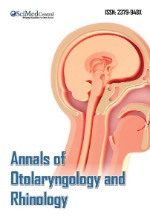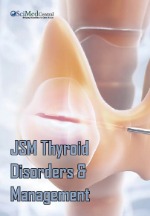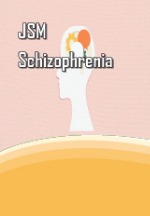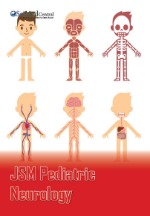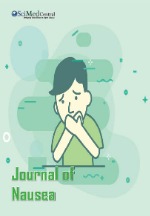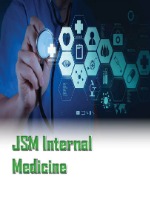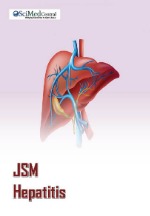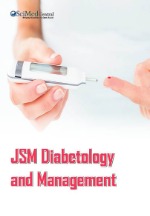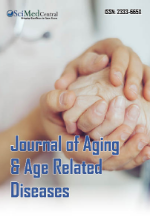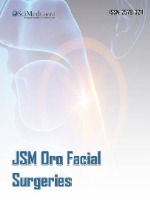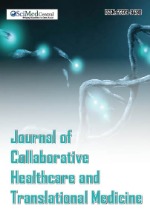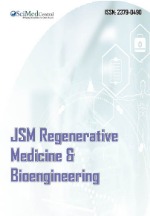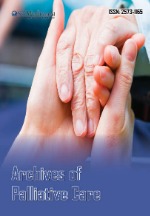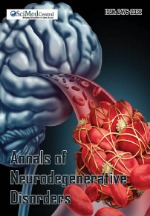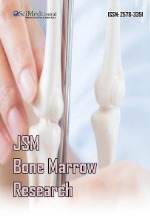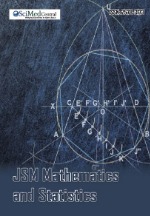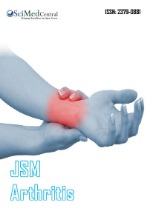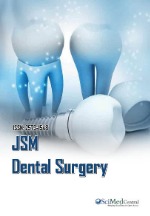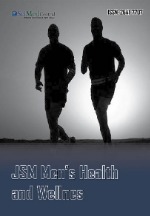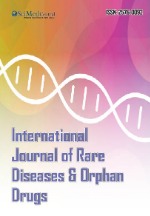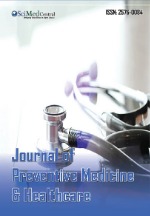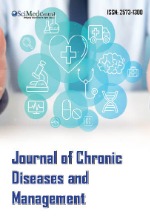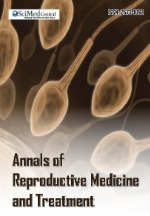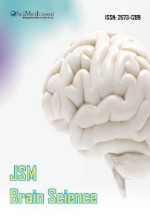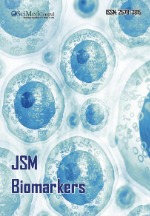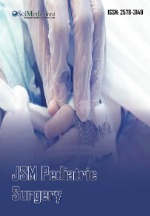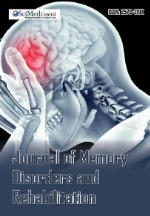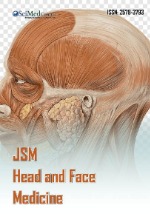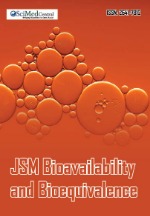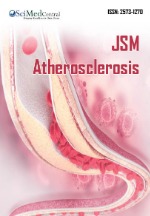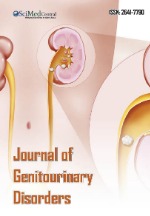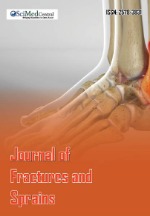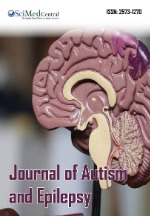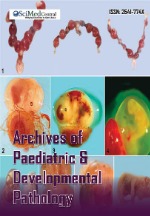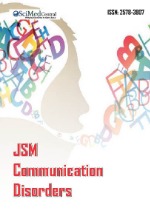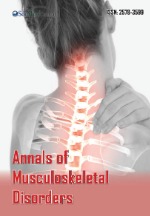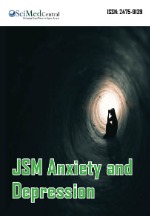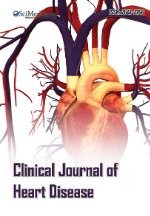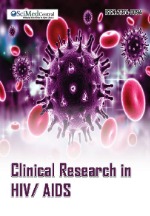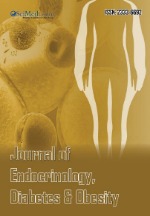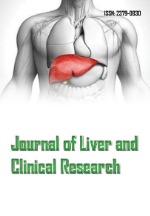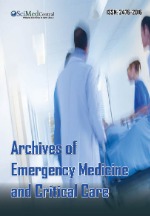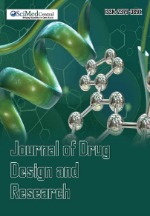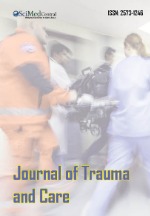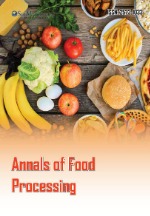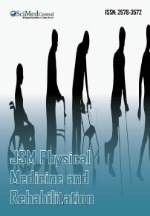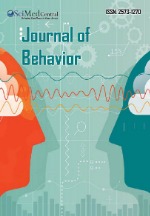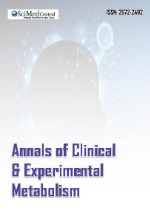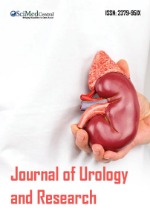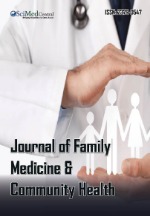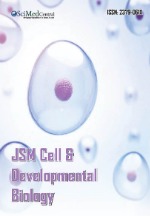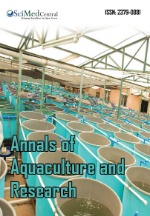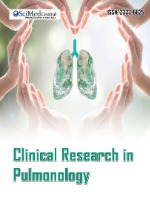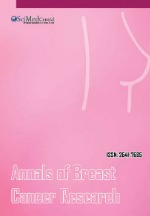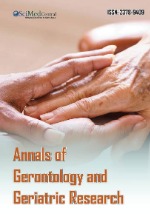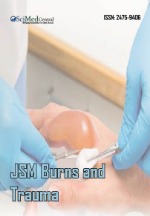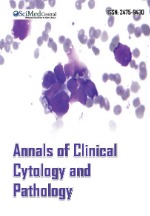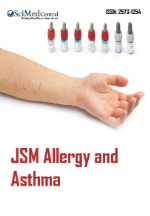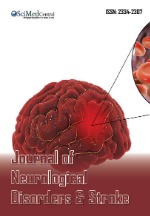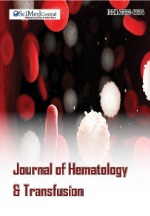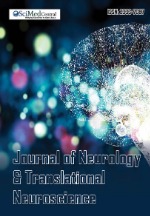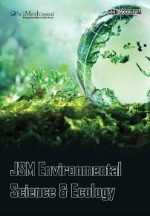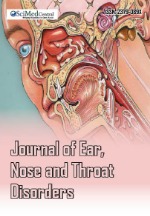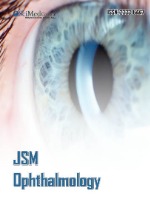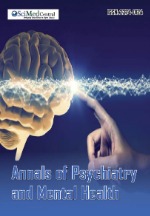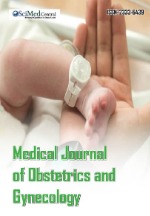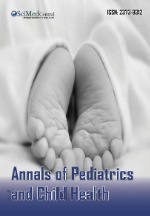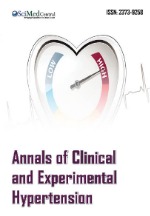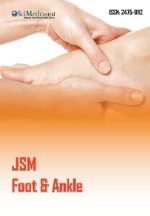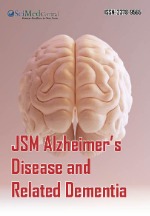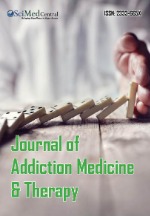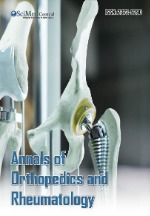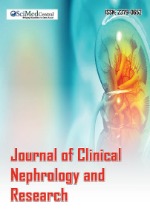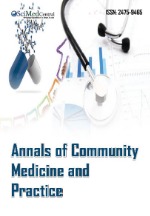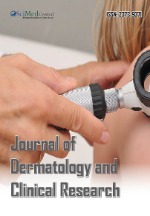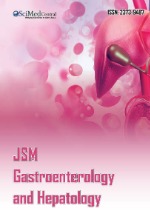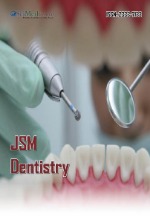Breaking the Cycle of Violence in Child Abuse
- 1. RAK Medical & Health Sciences University, UAE
Citation
Afifi M (2017) Breaking the Cycle of Violence in Child Abuse. Arch Paediatr Dev Pathol 1(1): 1003.
Short Note
Violence in general and child maltreatment specifically are major public health problems worldwide. Child maltreatment could be physical, sexual, emotional, or neglect. Witnessing domestic violence is a sort of violence against the child [1].
Almost a decade ago, we proved in one of our published studies that child maltreatment is associated with subjection of the mother to violence from her partner. In a sample of 5249 Egyptian currently- married women around 60% and 65.7% of the studied women have been subjected to physical and sexual violence by their current husbands respectively the 12 months prior to the study. We also found that around 70% of women were slapping or hitting their children aged 3-17 years on their body or face as an action to address behavior problems the month prior to the survey. Around 40 % of women were slapping their children on face, head, or ears. Logistic regression models showed that exposure to marital violence increase nearly two times the odds (OR= 1.89) of hitting or slapping the child on the body and/or the face to address behavior problems the month prior to the survey adjusted to other confounders. The study highlights the need for effective screening and identification of marital violence in families in which child maltreatment has occurred and vice versa [2]. In another published study, we also proved the associations of unhealthy beliefs about Female Genital Cutting with maternal physical abuse. It was found that having unhealthy beliefs about the continuation of female circumcision to their daughters was associated with marital violence (OR=2.07) [3]. The afore mentioned studies proved that violence is a vicious cycle and being a victim to violence means being a future victimizer. That was also proved in more recent studies. Child maltreatment leads to general and aggressive social behavior adopted by the children and adolescents later on in their lives. Emotional abuse had the lowest effect on antisocial behavior compared to all other forms of abuse. Physical and sexual abuses were more strongly associated with aggressive behaviors rather than general antisocial acts [4].
Violence against Women (VAW) usually starts even before the girl is born and extends all over life cycle [5]. Mothers with personality disorders are less able to resolve their experience of abuse than normal population. Mothers of previous violence of abuse or violence are usually absorbed in their childhood memories are unable to resolve their bad experiences. That would have its negative impact on the development of their offspring [6]. The lower sensitivity and higher hostility of borderline personality mother could be transmitted again to her offspring when they are adolescents. Significant correlations were found between mothers’ affective instability and negative relationships with their offspring. Different theories suggest the ways of how adverse parenting experiences influence a child’s development [7].
Regardless of these ways or processes, parenting programs can prevent and reduce the risk of child maltreatment. Parenting programs could have a positive effect on risk factors of child maltreatment [1]. Higher-quality childrearing environments and experience of partial or total positive changes among the participants of some of these programs are noticed along with individual change with its probable implications on child maltreatment prevention [8].Yet; there is limited data on whether parenting programs could prevent child maltreatment in homes with Intimate Partner Violence (IPV) or on children witnessing IPV [1]. Moreover, evaluation of these parenting programs yields poor results. In a relatively recent study rated ten evidence-based, universal parenting programs on how well their content covered 18 types of psychological maltreatment (PM), as defined by the American Professional Society on the Abuse of Children. Unfortunately, the authors found that “only one type of PM was rated as being covered in terms of “what not do” by all10 programs: Spurning: belittling. No other type was coded as being covered in terms of “what not to do” by more than three programs [9].”
To conclude; besides the need to evaluate the current parenting programs and assess its impact on child maltreatment prevention, participation in it needs to be normalized and seen as a routine part of the child-rearing process. All parents should be routinely provided with “reliable and easy access to evidencebased parenting programs, then children, their families, and the community are likely to benefit [10].”


